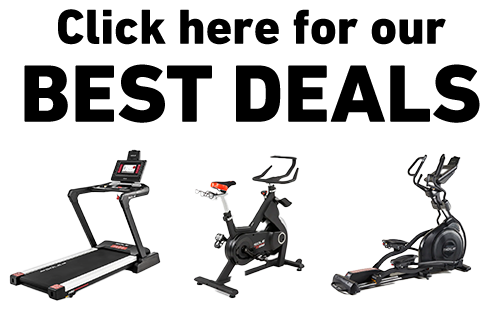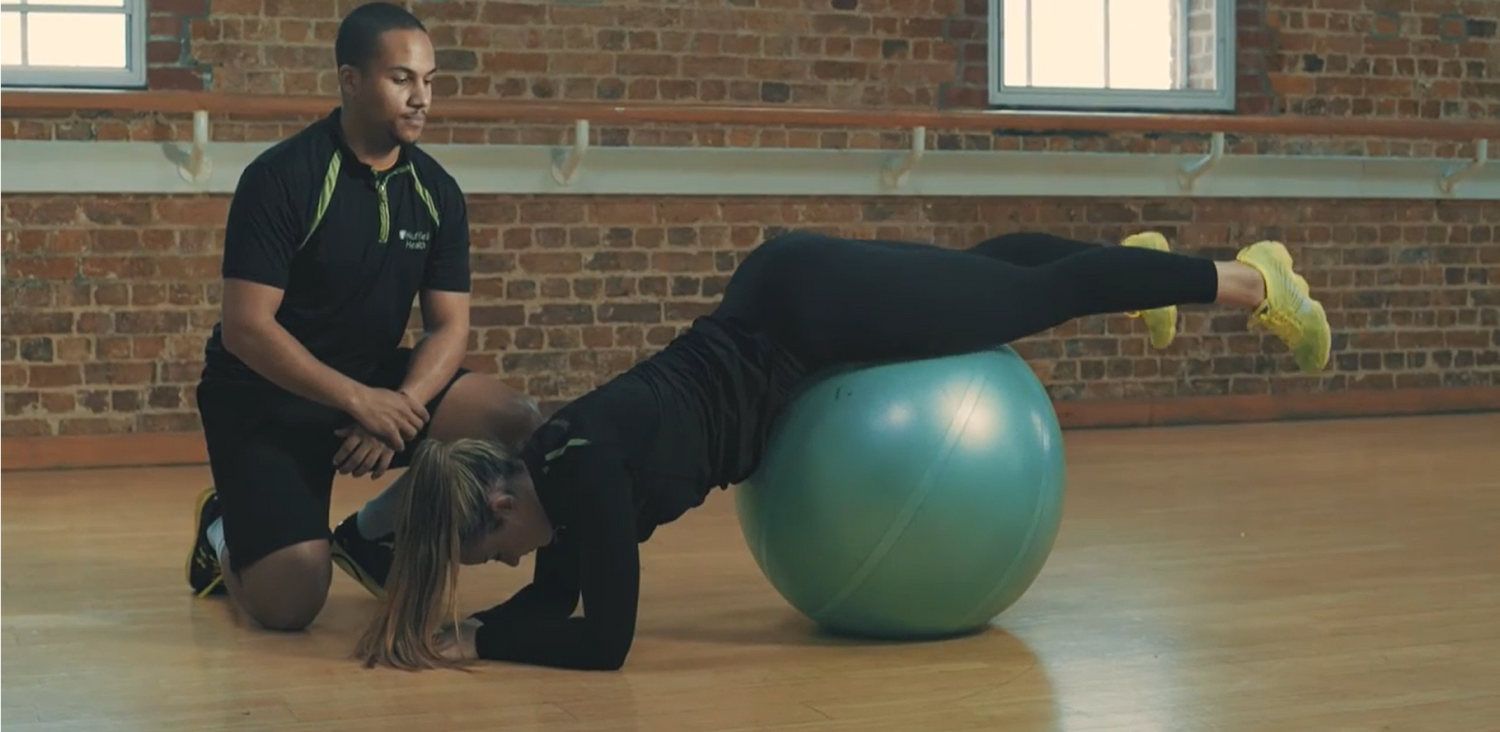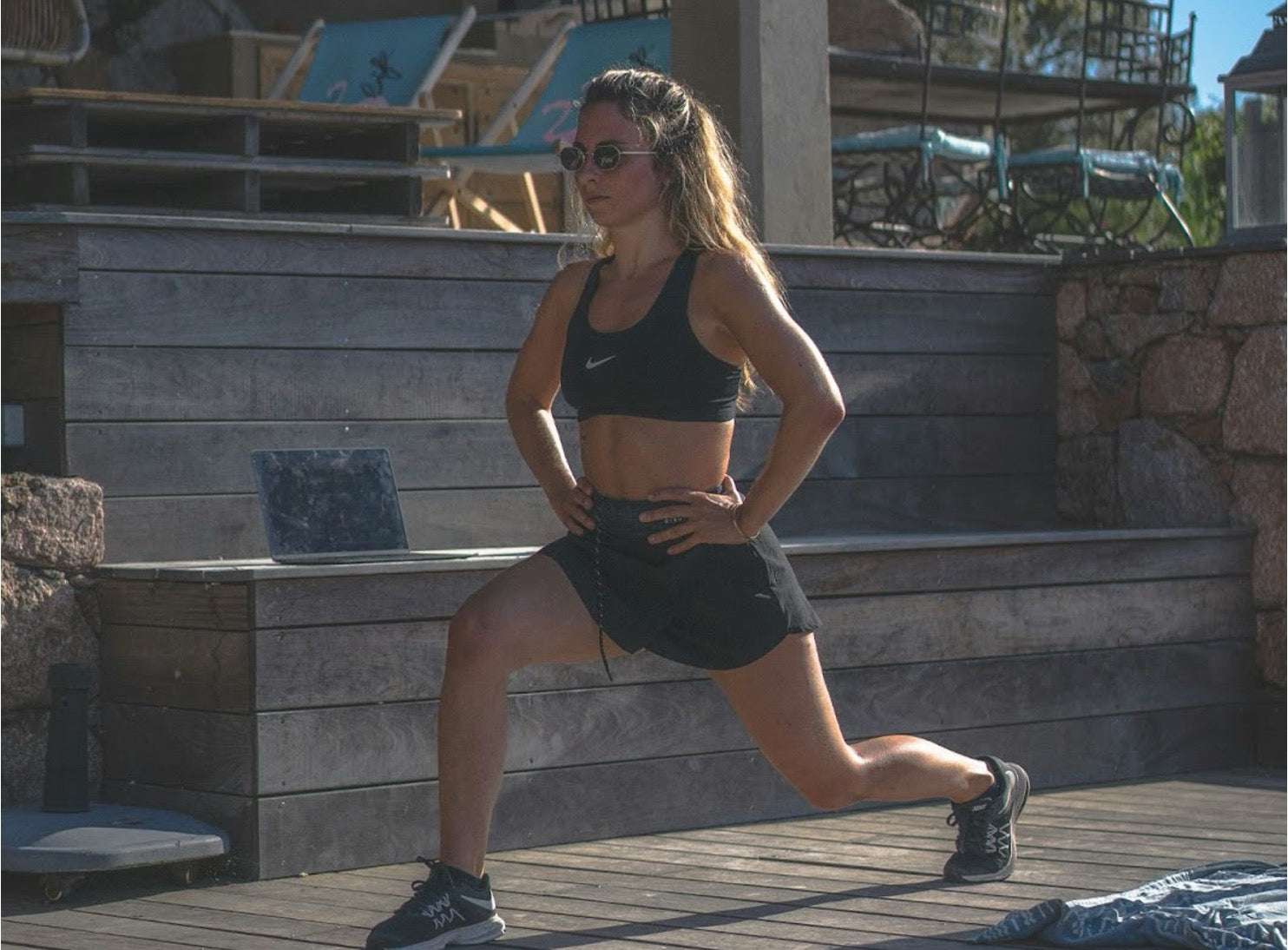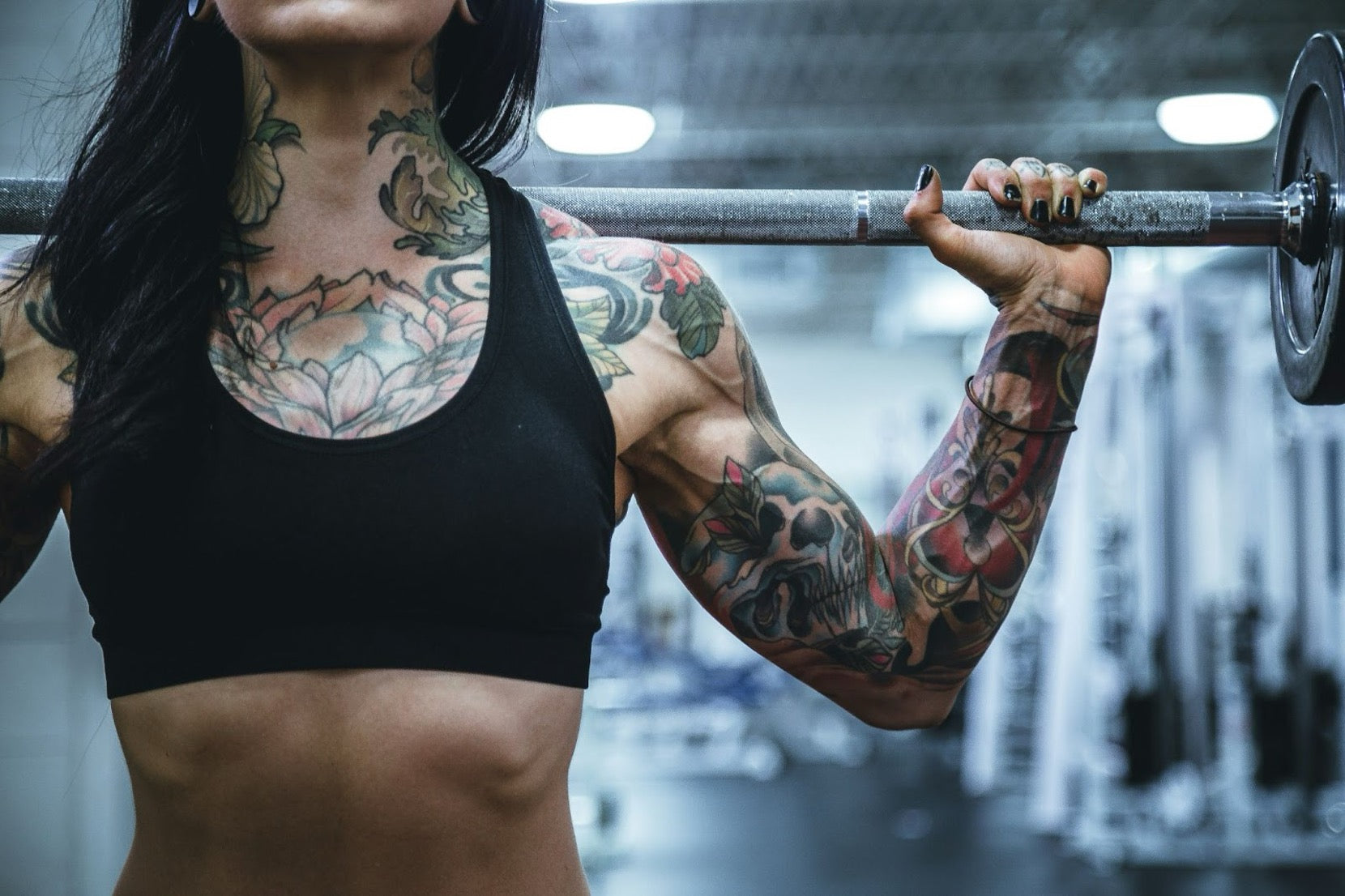Key Takeaways
- Reverse hyperextensions target the lower back, glutes, and hamstrings, enhancing strength and flexibility.
- This exercise can improve posture and reduce lower back pain when performed correctly.
- Both beginners and advanced athletes can benefit from reverse hyperextensions with minimal equipment.
- Common mistakes include overarching the back and neglecting core engagement, which can lead to injury.
- The SRVO All-in-One Complete Trainer provides full-body strength training, making it ideal for progressive overload and muscle development.
What is a Reverse Hyperextension?
Unlike traditional hyperextensions, where the upper body moves, reverse hyperextensions focus on the movement of the legs and hips. What makes reverse hyperextensions particularly effective is their ability to minimize spinal loading while promoting muscle activation. This makes them an excellent choice for those looking to improve strength and endurance without placing undue stress on the spine.
Besides that, reverse hyperextensions are versatile - you can perform them using a machine at the gym or a simple setup at home.
|
At SOLE, we're proud to offer the best exercise equipment for your home or gym. Our machines are built to meet the highest quality and performance standards, making them perfect for fitness enthusiasts at any level. Featured Products SOLE Strength: Starting at $99.99, SOLE strength products such as adjustable dumbbells and stands, free weights, Olympic barbells, etc. are designed to promote functional strength and progressive muscle growth. |
Equipment Needed
- Reverse Hyperextension Machine: Found in many gyms, this machine provides a stable platform and allows for added resistance.
- Bench or Box: A sturdy bench or box can serve as a platform for bodyweight variations.
- Stability Ball: For a more challenging variation, a stability ball can be used to engage the core further.
Benefits of Reverse Hyperextension
Improving Posture
By strengthening the muscles of the lower back and glutes, reverse hyperextensions can help improve posture. A strong posterior chain supports the spine and promotes proper alignment, reducing the risk of developing poor posture habits.
Reducing Lower Back Pain
Reverse hyperextensions target these areas, helping to alleviate discomfort and prevent future pain. By incorporating this exercise into your routine, you’ll benefit from a healthier, pain-free back.
Most importantly, always focus on proper form to ensure you're engaging the right muscles and avoiding strain.
By strengthening the lower back muscles, reverse hyperextensions help maintain spinal integrity during heavy lifts.
Performing Reverse Hyperextension
Step-by-Step Guide
-
Position Yourself: Lie face down on the machine or bench, with your hips at the edge. Your legs should hang freely, and your hands can grip the sides for support.
-
Engage Your Core: Before lifting your legs, engage your core to stabilize your body. This will help maintain proper form throughout the exercise.
-
Lift Your Legs: Slowly lift your legs towards the ceiling, squeezing your glutes and keeping your back flat. Avoid overarching your back.
- Pause and Lower: Hold the top position for a moment, then gradually lower your legs back to the starting position. Control the movement to maximize muscle engagement.
Using a Machine
These machines provide excellent support and allow you to add resistance as you progress. When using a machine, make sure that the pads are adjusted to fit your body comfortably. This will help maintain proper form and prevent unnecessary strain.
Bodyweight Variation
You can perform reverse hyperextensions on a bench, box, or even a stability ball. You have to ensure your hips are free to move, allowing your legs to lift without obstruction.
Bodyweight variations are particularly useful for beginners, as they allow you to master the movement pattern before adding resistance. As you gain strength, consider incorporating ankle weights or resistance bands to increase the challenge.
Tips for Safe Practice
Proper Breathing Techniques
Inhale deeply before lifting your legs, filling your lungs with air, and engaging your core. This helps stabilize your spine and provides a solid foundation for movement.
As you lift your legs, exhale slowly and steadily. This controlled exhalation helps maintain focus and control throughout the exercise.
Maintaining Form
Pay attention to your body alignment and movement mechanics.
Keep your back flat and avoid overarching. Your core should be engaged, and your glutes should do the work during the lift. Focus on quality over quantity to ensure you're targeting the right muscles.
Progressing Safely
Gradually increase resistance or range of motion as you become more comfortable with the exercise. Listen to your body and avoid rushing into heavier weights or more challenging variations.
Make sure you progress at a pace that allows you to maintain proper form and technique.
Common Mistakes to Avoid
Overarching Back
Overarching the back is a common mistake that can lead to discomfort and injury. To avoid this, focus on keeping your back flat and engaging your core throughout the movement.
Proper alignment ensures that you're targeting the right muscles and minimizing stress on the spine. If you find yourself overarching, reassess your form and make necessary adjustments.
Incorrect Equipment Setup
Incorrect equipment setup can compromise your form and increase the risk of injury. Ensure that any equipment you use is adjusted to fit your body comfortably.
When using a machine, adjust the pads to support your hips and prevent excessive movement. On a bench or box, position yourself so that your hips are free to move without obstruction.
Neglecting Core Engagement
The core muscles play a vital role in stabilizing the spine and supporting movement. Without proper engagement, you risk placing undue stress on the lower back.
For core engagement, focus on tightening your abdominal muscles before each lift. This supports your spine and also enhances the overall effectiveness of the exercise. A strong core is the foundation of a strong body.
Incorporating proper breathing techniques can also aid in core engagement. Inhale deeply before each lift, and exhale steadily as you raise your legs. This rhythmic breathing helps maintain focus and control throughout the movement.
Build an Effective Workout Routine With SOLE Equipment
The SOLE+ App provides access to hundreds of free fitness classes and personalized workouts, helping users train smarter with heart rate metrics and equipment data.
-
Maximize Cardio with Ellipticals – The SOLE E95S and E98 Ellipticals offer adjustable stride lengths, smooth resistance, and built-in programs to optimize fat burning and endurance.
-
Strength Training with SRVO – The SRVO All-in-One Complete Trainer provides full-body resistance training, making it easy to build muscle and enhance performance.
-
Track Progress with SOLE+ App – Get access to free fitness classes and track your workouts seamlessly, helping you stay consistent and motivated.
- Convenient Delivery Options – Enjoy FREE curbside delivery or upgrade to in-room setup with assembly for a hassle-free start to your fitness journey.
Ready to take your workouts to a whole new level? Equip yourself with SOLE’s SRVO All-in-One Complete Trainer and make every workout count!
Frequently Asked Questions
Is reverse hyperextension safe for everyone?
Yes, reverse hyperextensions are generally safe for most individuals. However, those with existing back injuries or conditions should consult a healthcare professional before starting any new exercise regimen.
How often should I perform this exercise?
For best results, incorporate reverse hyperextensions into your routine 2-3 times per week. This frequency allows for adequate muscle recovery while promoting strength and endurance gains.
Remember, quality over quantity is key. Focus on performing each rep with proper form and control to maximize the benefits of the exercise.
What are some alternatives to reverse hyperextensions?
The SRVO All-in-One Complete Trainer supports Romanian deadlifts and glute kickbacks, targeting the lower back and hamstrings like reverse hyperextensions.




Leave a comment
This site is protected by hCaptcha and the hCaptcha Privacy Policy and Terms of Service apply.